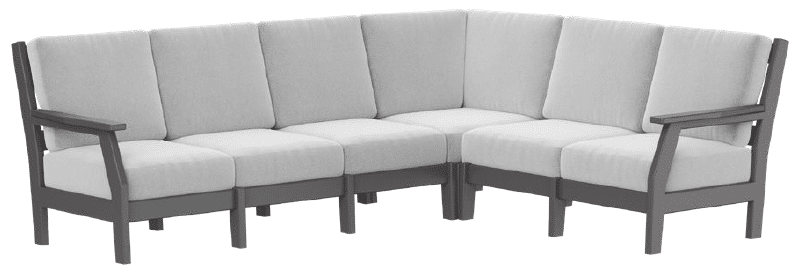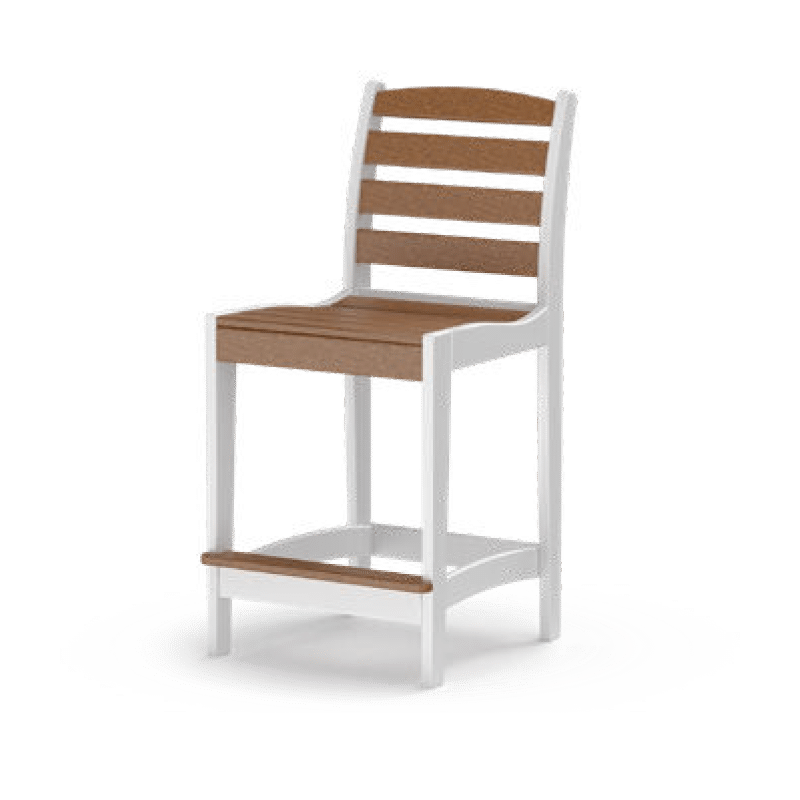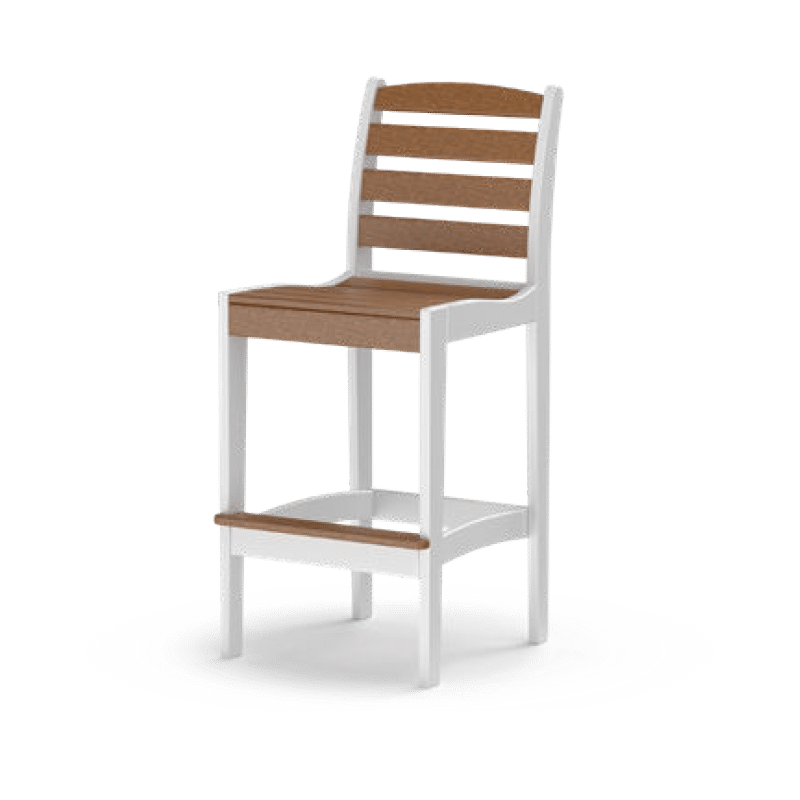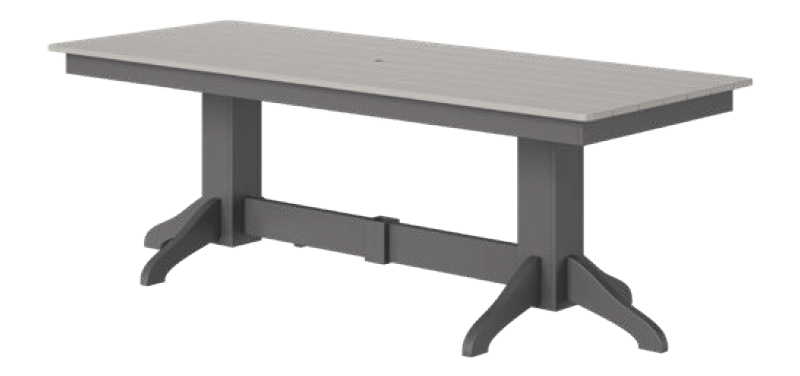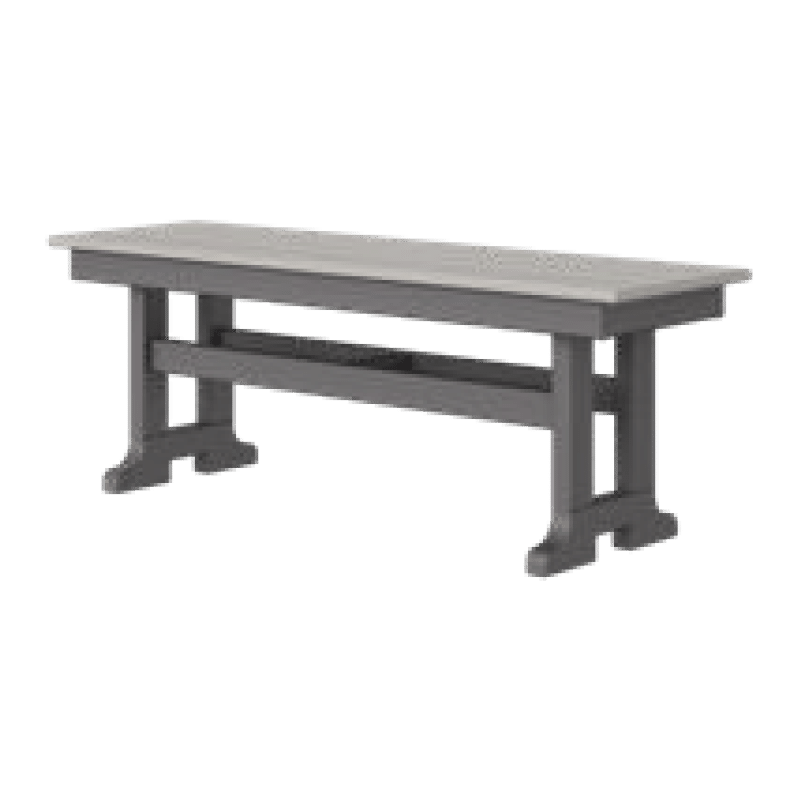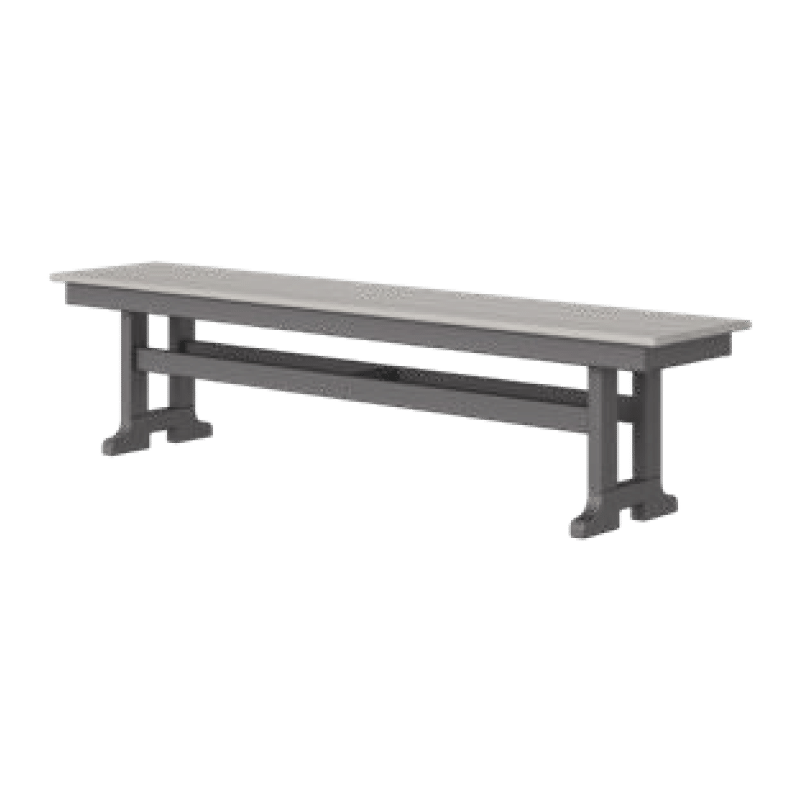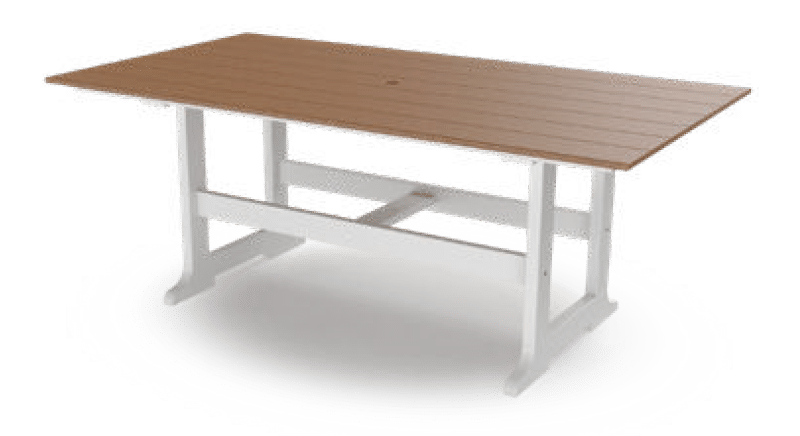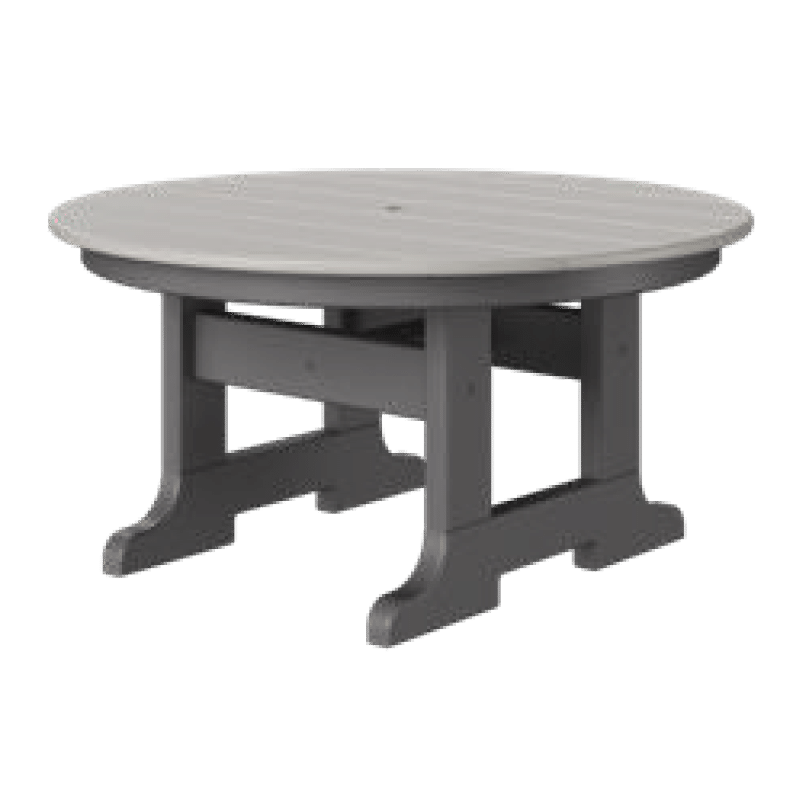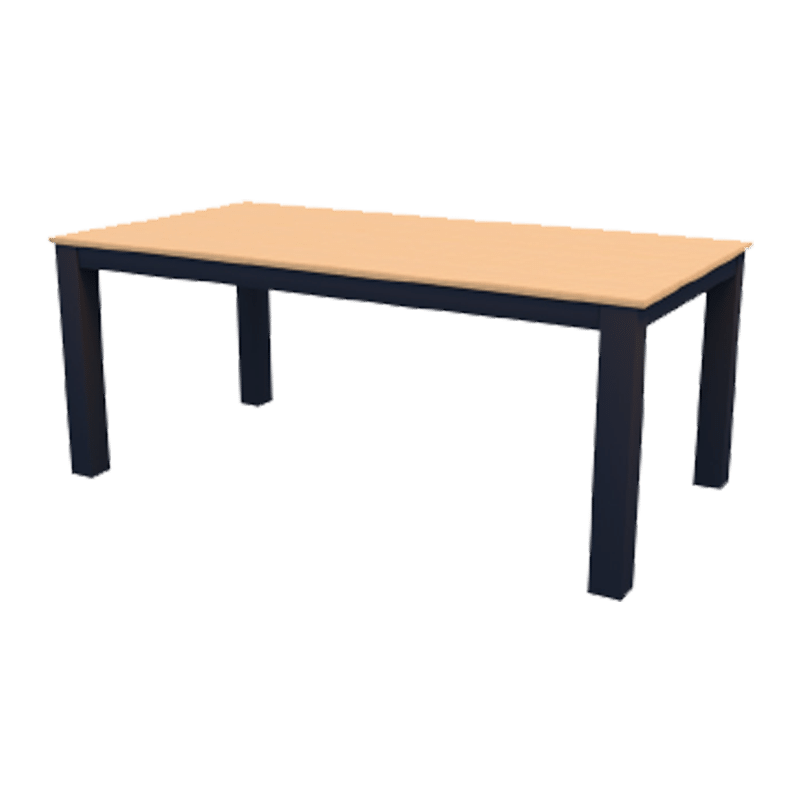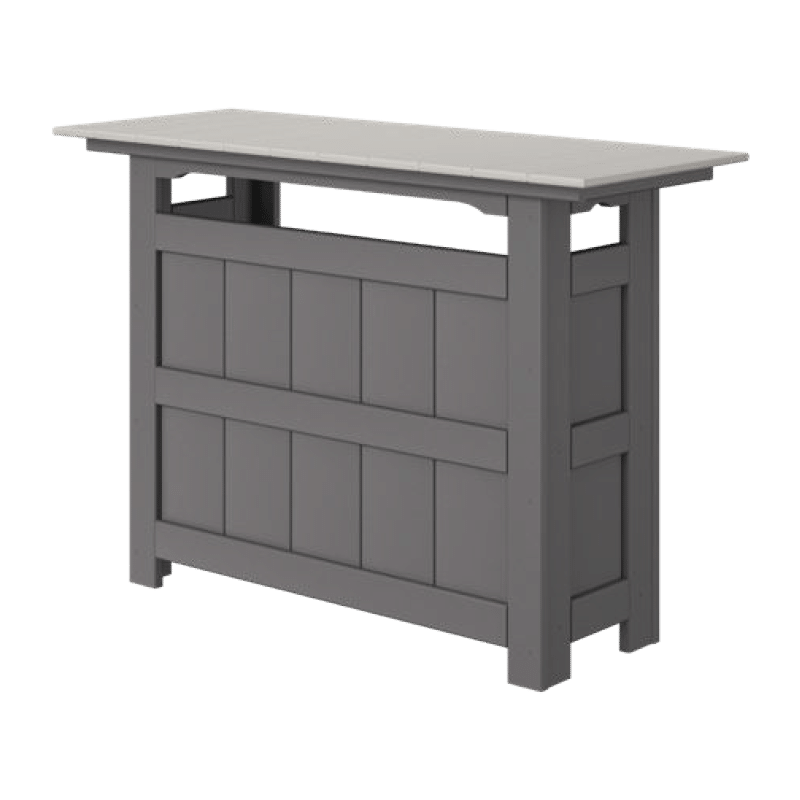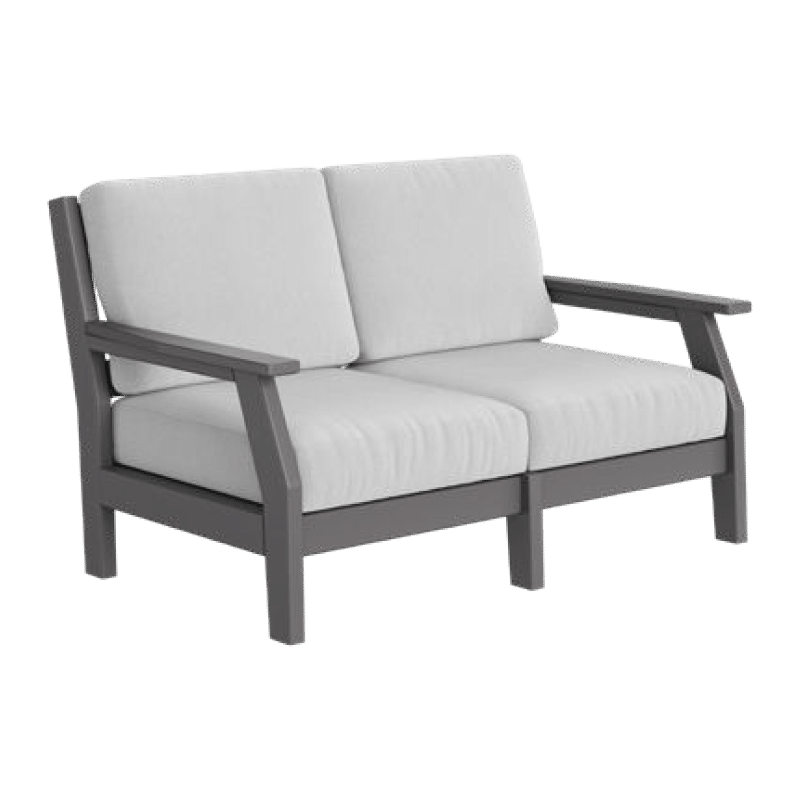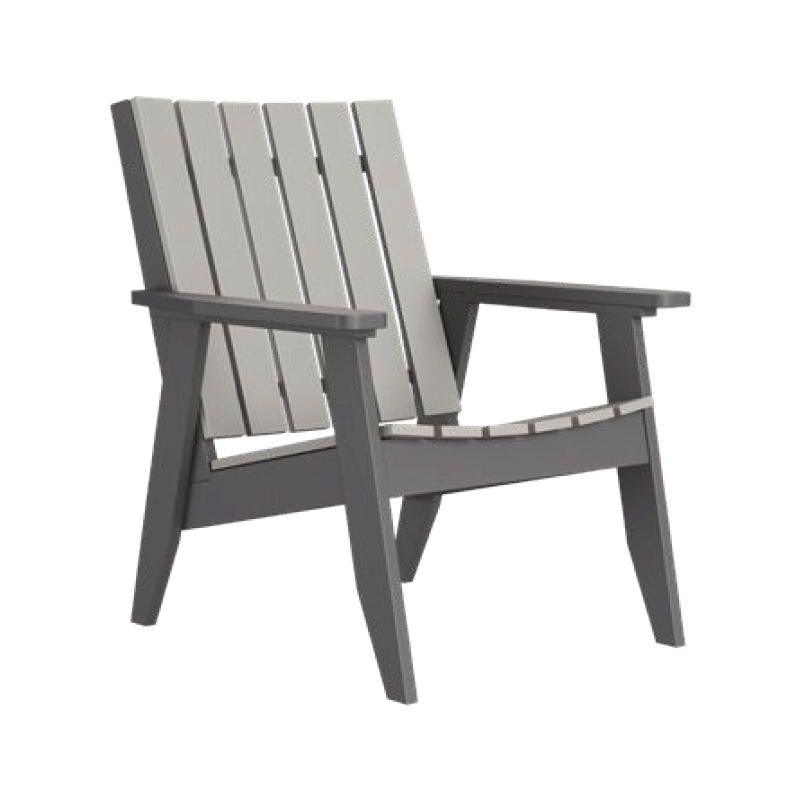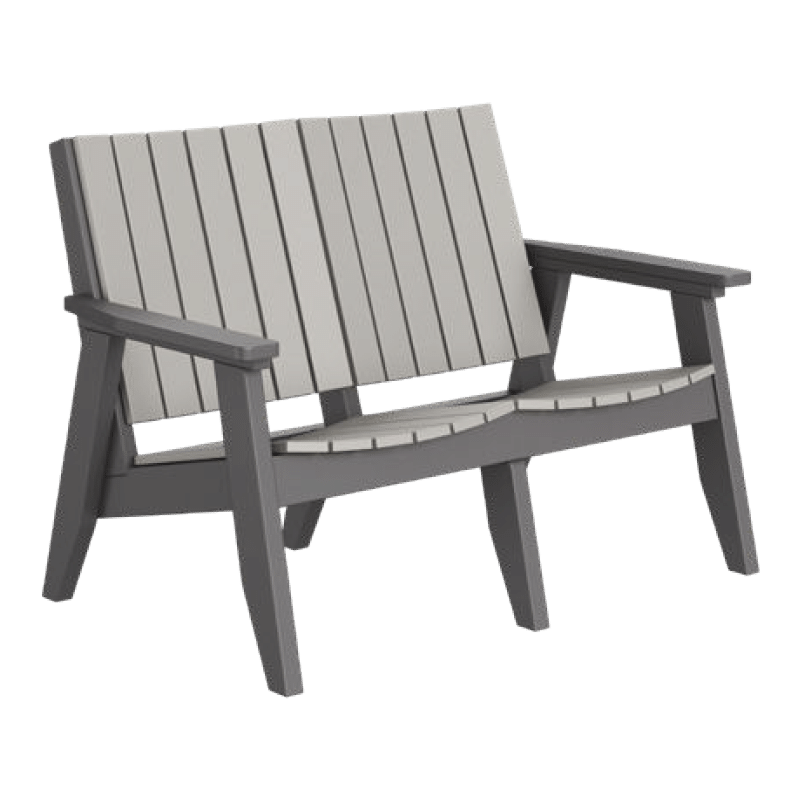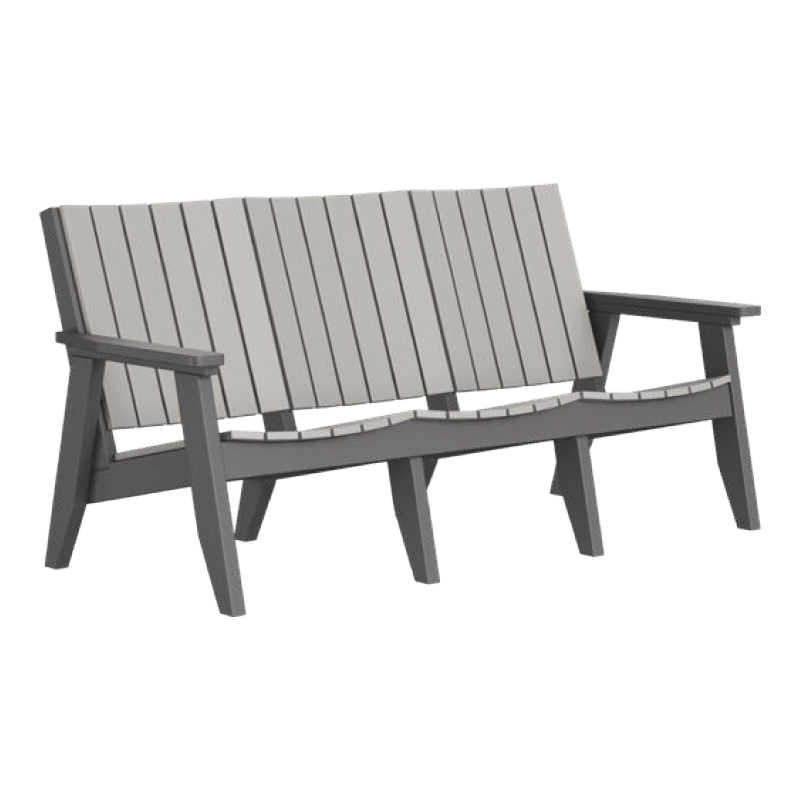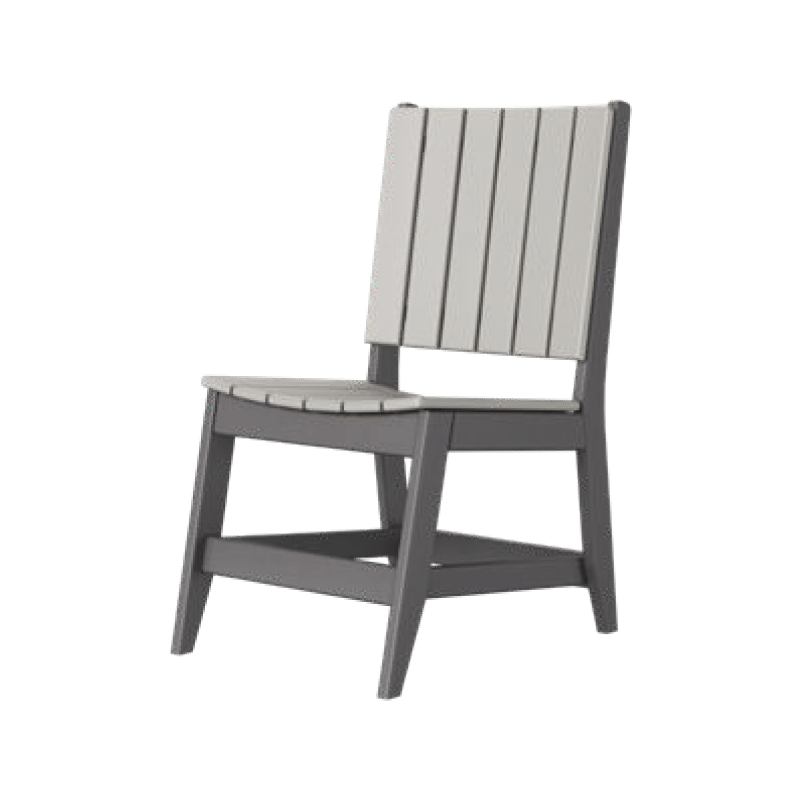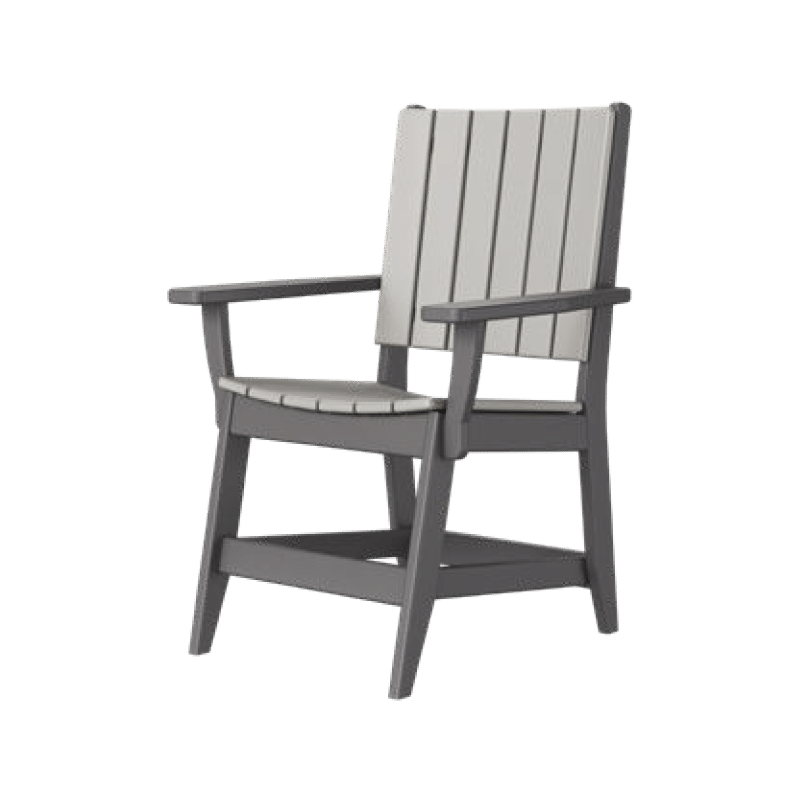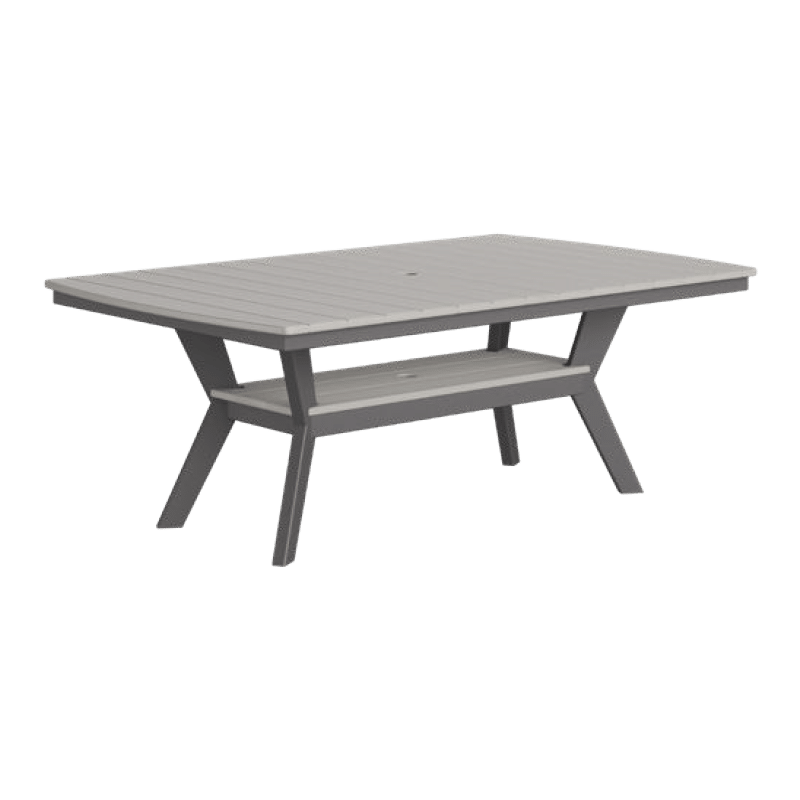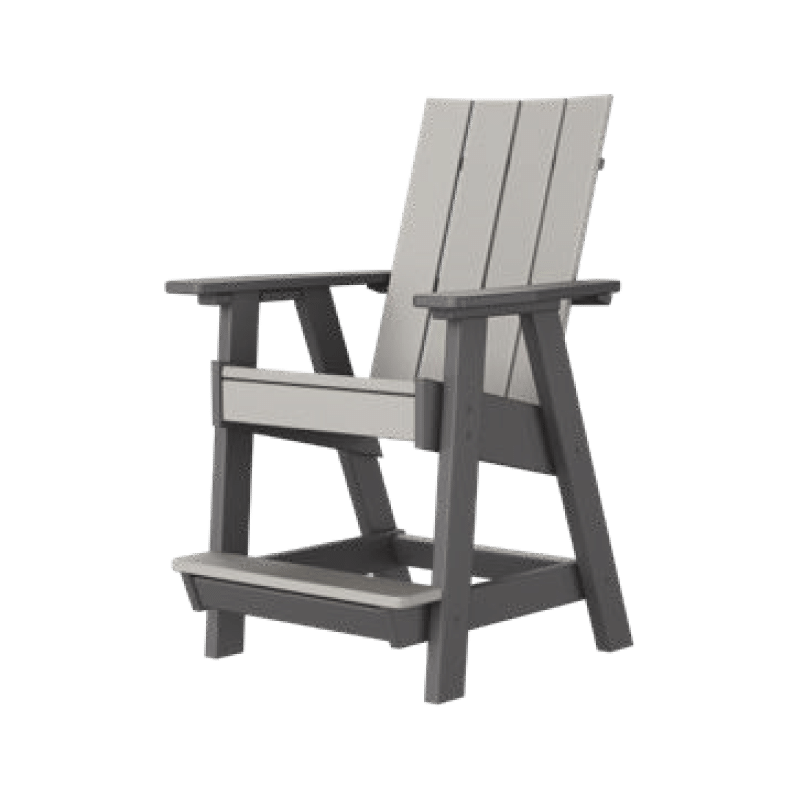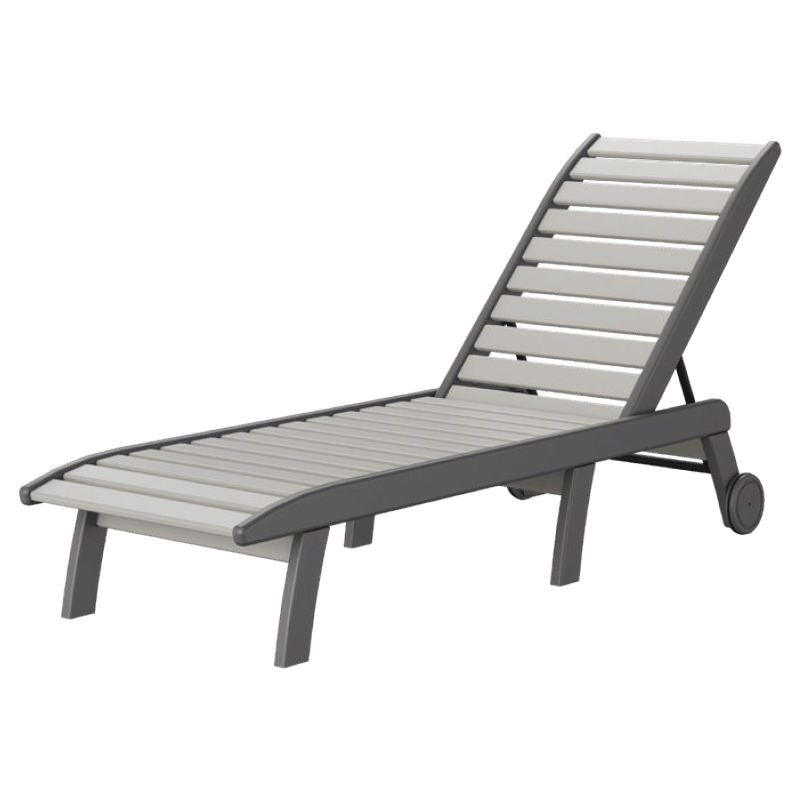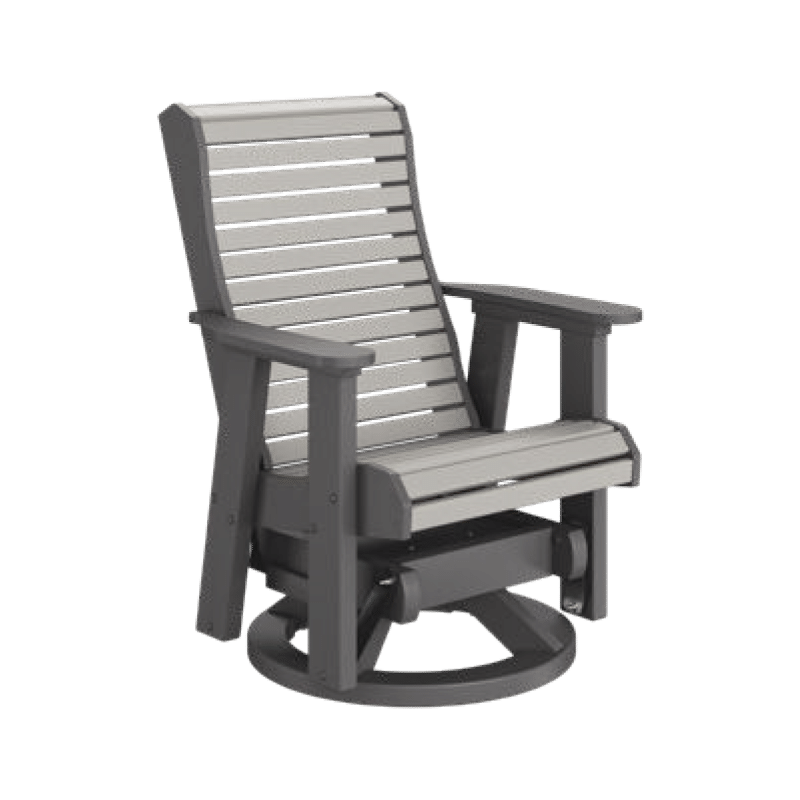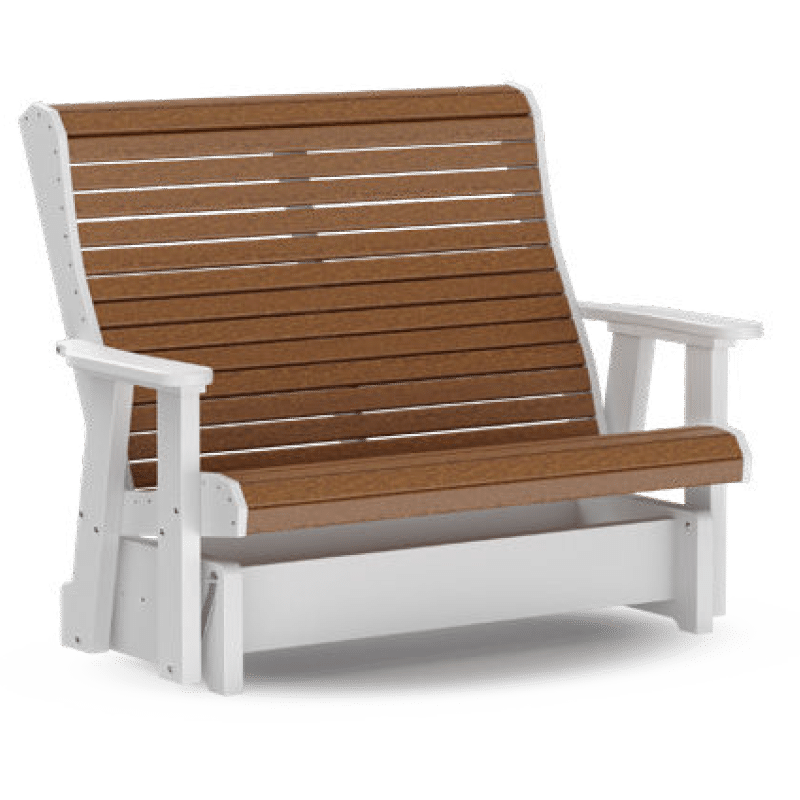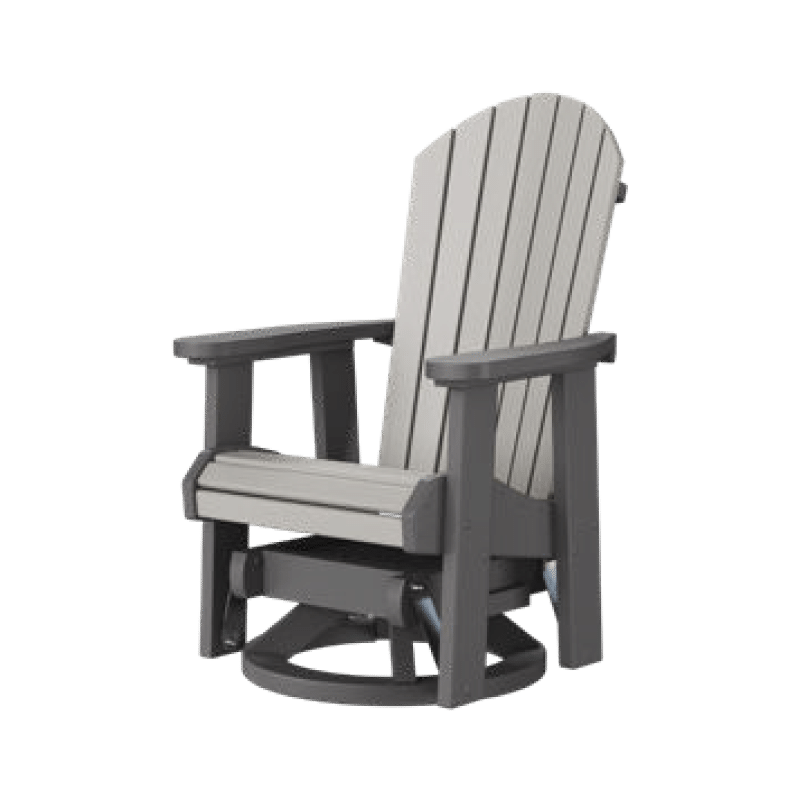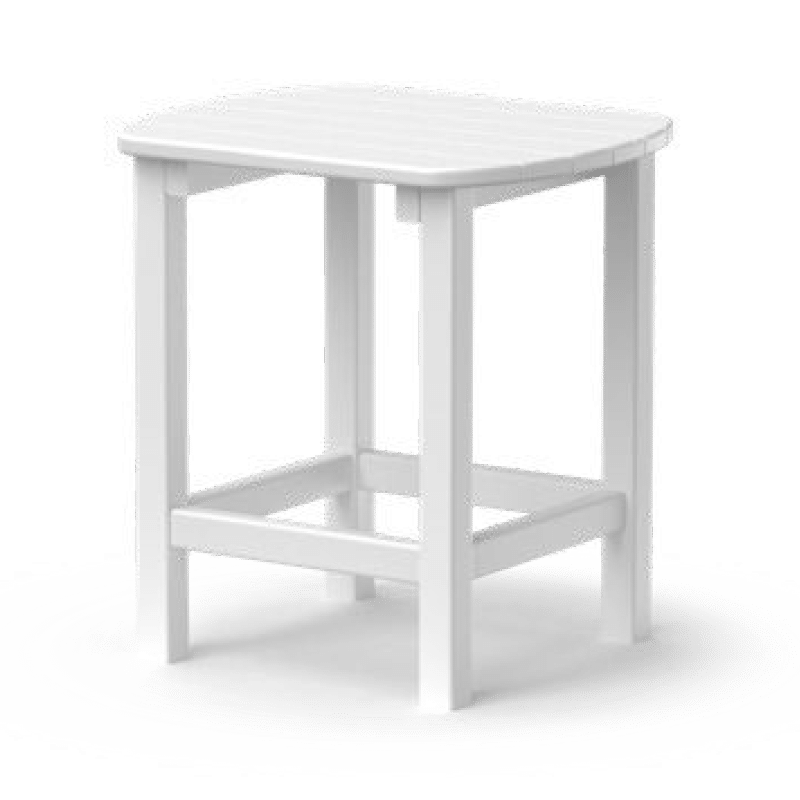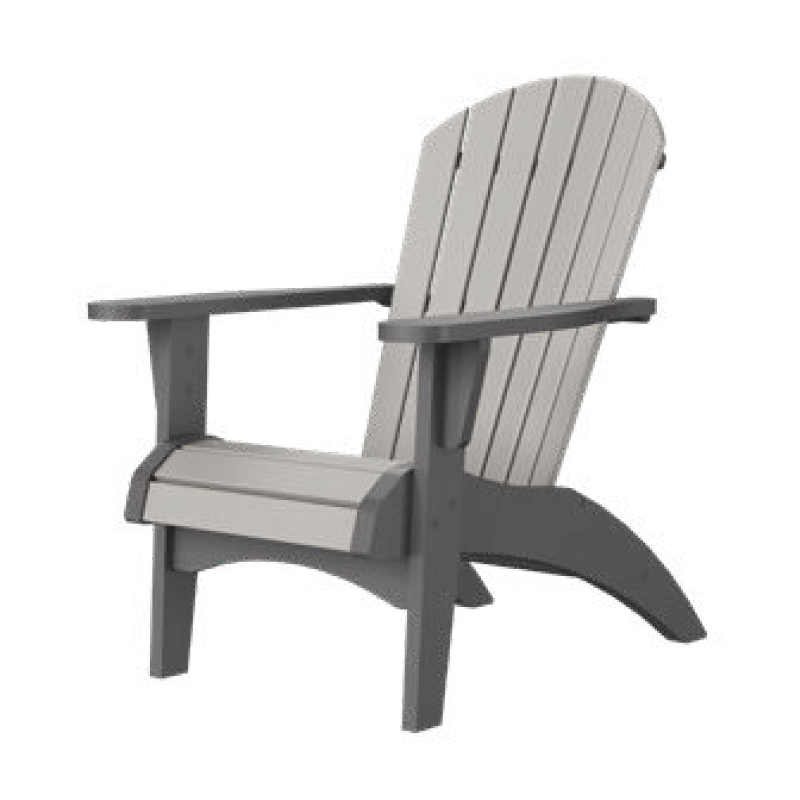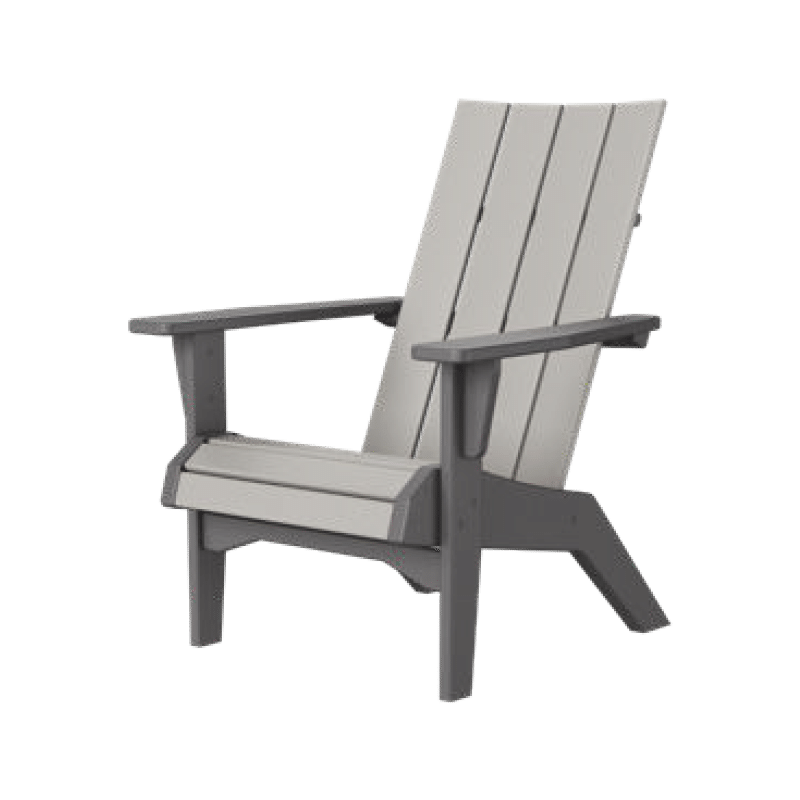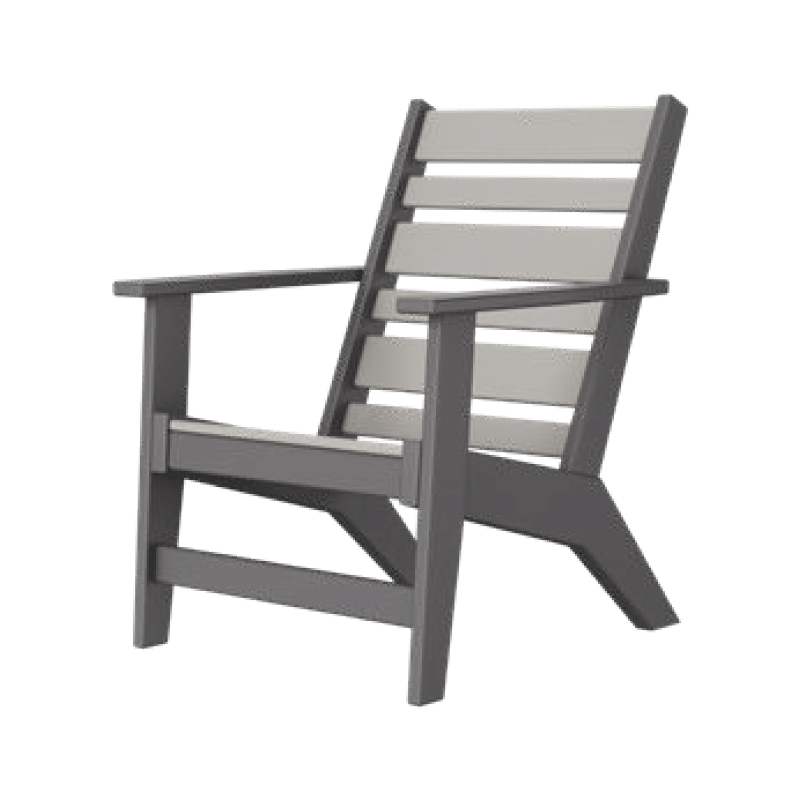Removing concrete fence footings often feels like a daunting task, yet it’s a job many homeowners or landscapers tackle when upgrading or maintaining outdoor spaces. Whether you’re dealing with damaged posts, planning to replace or relocate fencing, or just reshaping your garden, getting rid of those concrete footings is a must. These solid chunks of concrete can make room for new installations and prevent potential hazards.
While the thought of it might be overwhelming, considering the heaviness and toughness of concrete, fear not! With the right tools and methodical steps, you can handle the removal efficiently and safely.
What Are Concrete Footings?
Concrete footings provide stability for posts, anchoring them securely in the ground. They are particularly essential for supporting wood posts, chain link fence posts, and concrete posts against external forces such as wind. However, these footings sometimes need removal due to damage, like in stubborn fence posts or changes in landscaping plans.
Common Reasons to Remove Fence Post Concrete Footings
- Damage and Wear. Over time, concrete footings can crack or weaken due to environmental factors like freeze-thaw cycles or soil erosion. Damaged footings compromise the stability of the fence and may require removal to replace the fencing structure entirely.
- Installing New Fencing. When upgrading or changing the fencing type, the existing footings may not suit the design or specifications needed for the new posts. Removing the old footings allows for fresh installations that better match the durability and style requirements of the new fence.
- Repositioning the Fence Line. Property lines or landscape designs may change and require the repositioning of the fence line. Removing existing footings allows for the correct placement of new posts in conformance with updated property boundaries or design aesthetics.
- Improving Aesthetics. Old or misaligned fence posts can detract from the curb appeal of your property. By removing the outdated footings, you create an opportunity for a new look that enhances the visual harmony of your outdoor space.
- Landscaping and Gardening Projects. Expanding or modifying garden spaces might require altering fence lines or removing sections altogether. Clearing out the concrete footings provides room for different landscaping features like pathways, flower beds, or recreational areas.
- Addressing Drainage Issues. Improperly graded or old concrete footings can obstruct natural water flow, which often leads to pooling or flooding issues. Removing these footings helps rectify drainage problems and improve soil health and plant growth.
- Compliance With Regulations. Changes in local building codes or homeowners association guidelines may require fence modifications. Removing and replacing footings could be essential to meet new structural or aesthetic standards required by law or community rules.
Step-by-Step Removal Process of Fence Post Concrete Footings
Tools and Materials Needed
- Safety gear. gloves, goggles
- Essential Tools. standard shovel, sledgehammer, pry bar, hammer drill
- Optional Tools. jackhammer, reciprocating saw, post puller, floor jack
Safety Precautions
Safety is your foremost concern. Always wear protective gear such as gloves and goggles to protect against flying debris and dust. Be sure to read manuals for equipment like the hammer drill and comply with all operational guidelines. Keep your workspace clean and free of unnecessary obstructions to prevent accidents.
Step 1: Digging Around the Footing
Start by using a standard shovel to dig a hole around the concrete footing. Aim for a half-circle gap to loosen the surrounding soil and make it easier to lift later. This step is essential for addressing a ground level that might have shifted over time, which is often difficult to detect and remove. A tall bumper can help mark the correct spot to dig.
Step 2: Breaking the Concrete
Once sufficiently exposed, switch to a sledgehammer or hammer drill to break the concrete base. Larger installations might require a jackhammer for efficiency. Focus on cracking the piece of concrete into smaller, manageable sections. This is effective for removing concrete fence footings with minimal strain.
Step 3: Removing the Post and Footing
With pieces of concrete loosened, use a pry bar to extract the wood posts or metal fence posts. For more resistance, employ a post puller or use a floor jack to lift out stubborn fence posts. Aim to remove the entire post in concrete to prepare for new installations seamlessly.
What Is the Best Way to Dispose of Fence Post Concrete Footings and Debris?
The best way to dispose of fence post concrete footings and debris is to start by checking local regulations for waste disposal, as guidelines can vary. Many areas offer special facilities or recycling centers where you can easily drop off construction debris. Alternatively, consider hiring a waste removal service that specializes in construction waste. This approach saves you time and effort, letting you focus on enjoying your newly cleared space.
Post Removal Cleanup
After successfully removing the posts and concrete, thoroughly clean the area. Filling the hole with concrete or fresh soil keeps the ground level and prevents accidents. A tidy site prepares the ground for future projects, like installing a new metal or wood fence.
Tips for Future Projects
- Consider Alternative Footing Methods. Explore using tubular concrete forms instead of traditional concrete footings, as they can provide the necessary stability while simplifying the removal process in the future. Gravel beds are another great choice that offers a strong foundation with good drainage and are easier to remove.
- Regularly Inspect Fence Stability. Regularly inspect your fence to keep it stable and upright. Spotting any signs of instability early can help avoid more significant repairs in the future. By taking proactive steps like tightening loose screws or replacing damaged parts, you can significantly prolong the life of your fence.
- Plan for Maintenance Needs. Keep a routine maintenance schedule to address potential issues such as rust, rot, or other damages that may compromise the fence’s integrity over time. By maintaining your fence regularly, you reduce the chances of costly repairs and enhance its durability.
- Choose Durable Materials for Posts. When installing new posts, consider using materials known for their strength and durability, such as treated wood or metal, to withstand environmental pressures. Durable materials not only provide longevity but also reduce the need for frequent maintenance.
- Factor in Future Removal Ease. When installing new fencing, always think about how easy the removal process will be in the future by considering both the footing method and the surrounding terrain. Planning ahead in this manner can save significant time and effort if changes or repairs become necessary later on.
Upgrade Your Fence Hassle-Free: Choose Veterans Fence for Your Next Project!
Tackling the task of removing fence post footings can transform from a daunting challenge into a triumphant achievement with the right strategy and tools in hand. Embrace the opportunity to roll up your sleeves and conquer those stubborn or broken posts with confidence. By prioritizing safety and knowing when to call in the pros, you’re setting the stage for a fresh start in your outdoor space.
At Veterans Fence, we specialize in providing top-notch fencing solutions, and we pride ourselves on delivering quality results and ensuring customer satisfaction in every project we undertake. Whether you’re upgrading your fence, dealing with damaged posts, or starting fresh with a new installation, our team has the knowledge, experience, and tools to get the job done right.
Contact us today to get your free quote and see why so many homeowners trust our expertise for their fencing needs. Your dream outdoor space is just a call away!









